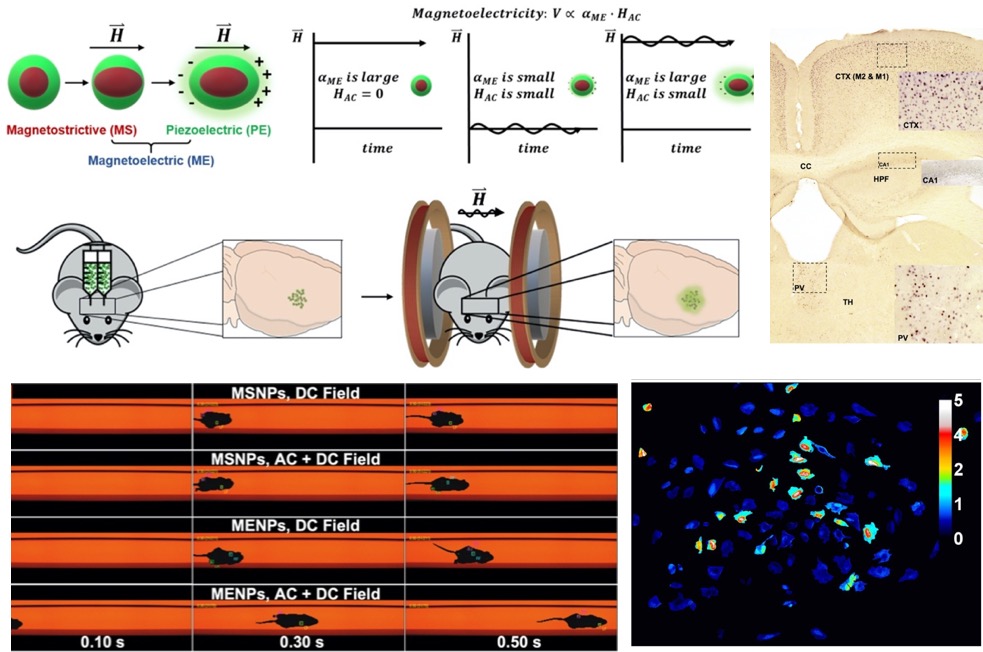Enhanced Flexible Mold Lifetime for Roll‐to‐Roll Scaled‐Up Manufacturing of Adhesive Complex Microstructures
Bioinspired Microstructured Adhesives with Facile and Fast Switchability for Part Manipulation in Dry and Wet Conditions
Smart Materials for manipulation and actuation of small-scale structures
3D nanofabrication of various materials for advanced multifunctional microrobots
Liquid Crystal Mesophase of Supercooled Liquid Gallium And Eutectic Gallium–Indium
Machine Learning-Based Pull-off and Shear Optimal Adhesive Microstructures
Information entropy to detect order in self-organizing systems
Individual and collective manipulation of multifunctional bimodal droplets in three dimensions
Microrobot collectives with reconfigurable morphologies and functions
Self-organization in heterogeneous and non-reciprocal regime
Biomimetic Emulsion Systems
Giant Unilamellar Vesicles for Designing Cell-like Microrobots
Bioinspired self-assembled colloidal collectives drifting in three dimensions underwater
Magnetoelectric Interfaces for Wireless Neuromodulation

Electrical communication with and modulation of the central nervous system is essential to our current understanding of neurobiology and the diagnosis and treatment of neurological disorders. Efforts to make neural intervention mainly focus on developing less invasive, longer-lasting, and safer neural devices. A key challenge of such devices is powering, and wired-in powering can require that patients undergo surgical battery changes every 3 to 5 years in deep brain stimulation devices. Instead, neural devices that are remotely powered have emerged using magnetic induction, optoelectronic signaling, acoustic powering of piezoelectric materials, magnetic heating, and magnetoelectric materials. With certain degrees of success, each approach is limited by various anatomical or inherent phenomenological restrictions. To achieve wireless neural stimulation, we have explored the potential of magnetoelectric approach. It has been shown that the non-resonant magnetic powering of magnetoelectric nanoparticles locally modulates neuronal activity both in vitro and in a mouse model. Currently, we continue exploring the potential of magnetoelectric approach at different size scales and investigate stimulation mechanisms.
Members
Publications










